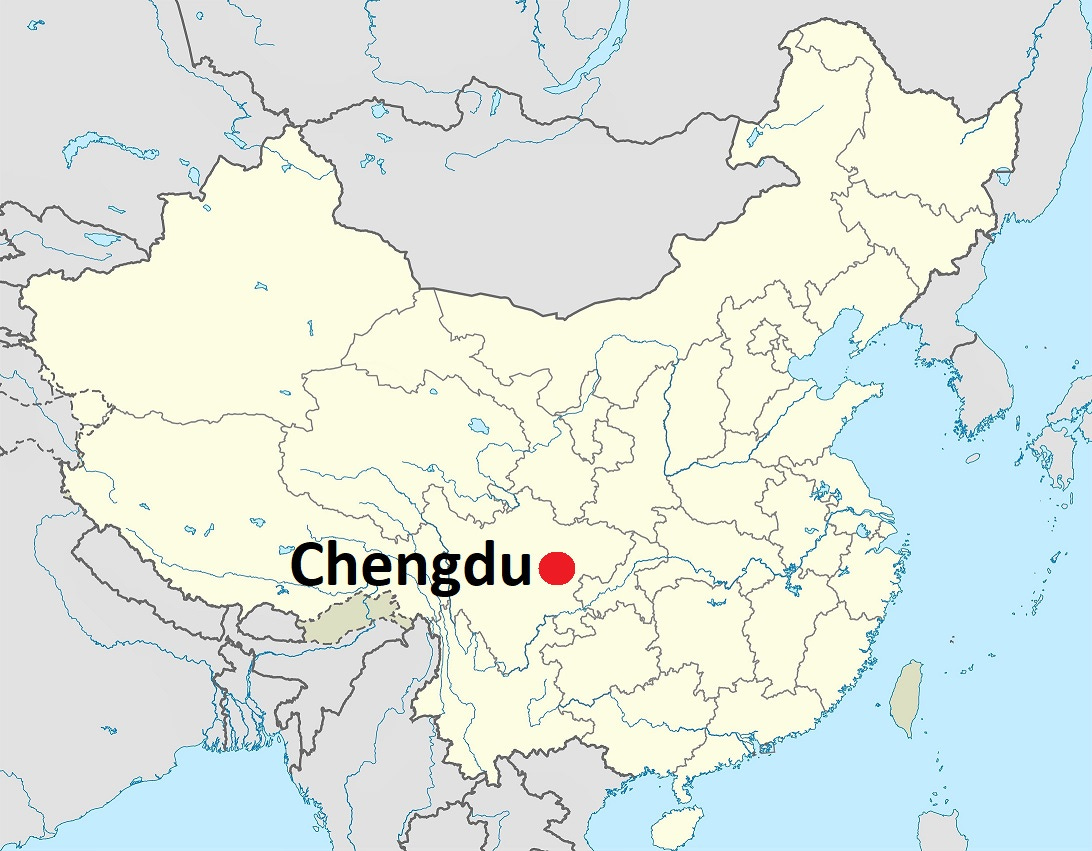Ideals of Seclusion in 1900s China
As everyone knows, East Asia has achieved massive economic growth and poverty reduction. Less appreciated, however, is its equally enormous cultural change.
Back in 1900, East Asians idealised female seclusion. Women were strictly surveilled because their chastity was crucial for family honour. Rumours of impropriety jeopardised respectability, and inclusion in vital networks of mutual insurance. So, if they could afford it, women stayed close to the home. Fear of disapproval created a coordination failure that I call “The Patrilineal Trap”.
This culture is well-illustrated by Di Wang’s marvellous book, “The Teahouse: Small Business, Everyday Culture, and Public Politics in Chengdu, 1900-1950”.
In the early 1900s, travel writers often remarked on Chengdu’s thriving teahouse culture. Residents (both rich and poor) often went to do business, build networks, gain knowledge, and make new friends:
“When I arrived in Chengdu, I found more teahouses than I had ever seen before. There were many streets in Chengdu, and nearly every one had two or three teahouses, always full of customers… The teahouse bustled with activity… All sorts of people could be found there. A policeman could share a table with a common laborer, and next to him might be a man in a Western-style suit and leather shoes. College students come here to study and merchants to conduct business” (Huang Shang, 1943).
Everyone was welcome, except women.
Tea house drinkers
Relative to other Chinese cities, Chengdu was pretty middling when it came to gender. In Beijing, the only women who frequented teahouses were prostitutes. But in 1870s Shanghai, women could be seen in teahouses and the theatre - chatting with friends.
In 1900s Chengdu, teahouses were shunned by ‘women of good families’ (liangjia funü). When female patrons were first admitted, a crowd of onlookers emerged, peering over the gates. All the excited erupted in fighting. The police swiftly imposed a ban. A little later, another tea garden welcomed women - behind a curtained balcony.
Republican era theatres increasingly accepted women. And again, men got over-excited. They were so eager to catch a glimpse of women that reportedly spent more time looking at them than the performance. Conservatives were outraged by the threat of immorality. One newspaper urged: “Women should not go to the theatre”.
“Gentlemen who are literate, understand ritual, and care about morality and their reputations should control their wives and never allow them to go to any theater.”
After the 1911 Revolution, mixed-sex audiences were prohibited. If women were admitted at all, the space was cordoned off, to prevent impropriety. As late as 1937, 90% of tea house patrons were male.
Tea house waitresses
Waitresses are a good proxy for sexual liberation. In cultures of honour, restaurant staff are mostly male. ‘Good girls’ stay at home. It’s the same in Bihar today.
After the Japanese invasion in 1937, refugees fled north. Some started working as waitresses. Men went to gawk. This triggered great consternation in conservative Chengdu. Tongues wagged. Some called them, “pitiful birds” (kelian de xiaoniao).
Chengdu’s Teahouse Workers Union had a female president: Ling Guozheng. Male workers were aggrieved. In 1940, they petitioned the government, saying Ling had “tak[en] over power illegally, [by] “deceiving the Party [GMD] and the government.” They denounced her as a “tyrant who is no different from the warlords during the warlord era.”
What on earth had Ling done that was so objectionable?
Well, before becoming president, she had worked with some women’s organizations. She was also supported by the female waitresses.
Much like Britain’s early trade union movement, Chengdu’s waiters wanted to expel the women:
They rejected Ling Guozheng’s desire “to put our few thousand proud men together with coquettish female workers.” It was like “forcing pigs and sheep to stay in the same pen.” Thus “for the sake of teahouse waiters’ dignity and rights, we must formally declare the facts and request the government to dissolve the union and reinstate the old union that separated male and female workers.”
Waitresses attracted more patrons; they threatened male livelihoods.
Waiters were also aggrieved by the assault on their ‘dignity’. Since men regarded themselves as having higher status, it was insulting to work alongside women.
In 1951 Chengdu, there were 1,404 teahouse wage workers. Only 36 were female.
Victim blaming
Women who mingled with unrelated men were tarred as ‘indecent’, presumed to be prostitutes, and thus vulnerable to harassment. If a man’s advances were rebuffed, he might retaliate with violence. Yet society still blamed the women.
In 1940s Chengdu, a guy sought to put an argumentative waitress back in her place. He and fellow thugs smacked and beat her. The local newspaper reported that she was “fat and ugly”, so “fell into trouble”.
In 1941, the Sichuan Provincial Police issued new rules on waitresses’ clothing and behaviour. ‘Indecent behaviour’ was strictly forbidden. Flirting was explicitly disallowed. Violations would be punished.
Historic ideals of seclusion
Chengdu is just one city; this is not intended as a representative picture of early 20th century China. But Di Wang’s wonderful social history of its tea houses do provide great insights into historic ideals of seclusion. So much has changed since then.












You mentioned in a previous article where East Asia has the higher proportion of female small business owners (44% if I recall correctly). China apparently also has an increasing number of self made female billionaires. If there a reason for the overperformance of Chinese women, relative to women in other countries.